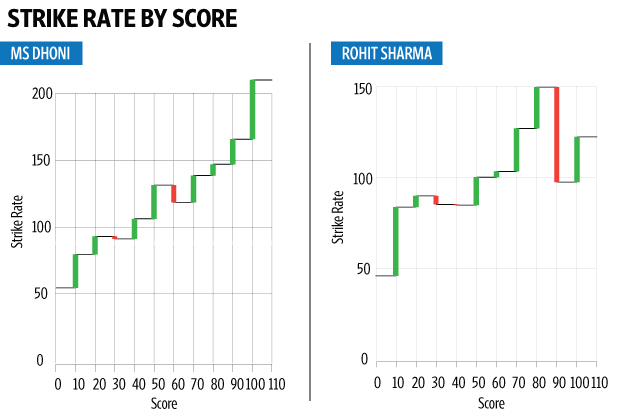The first time I ever heard of Davos was in 1997, when then Indian Prime Minister HD Deve Gowda attended the conference in the ski resort and gave a speech. He was heavily pilloried by the Kannada media, and given the moniker “Davos Gowda”.
Maybe because of all the attention Deve Gowda received for the trip, and not in a good way, no Indian Prime Minister ventured to go there for another twenty years. Until, of course, Narendra Modi went there earlier this week and gave a speech that apparently got widely appreciated in China.
There is another thing that connects Modi and Deve Gowda as Prime Ministers (leaving aside trivialties such as them being chief ministers of their respective states before becoming Prime Ministers).
Back in 1996 when Deve Gowda was Prime Minister, Rahul Dravid, Venkatesh Prasad and Sunil Joshi made their Test debuts (on the tour of England). Anil Kumble and Javagal Srinath had long been fixtures in the Indian cricket team. Later that year, Sujith Somasunder played a couple of one dayers. David Johnson played two Tests. And in early 1997, Doddanarasaiah Ganesh played a few Test matches.
In case you haven’t yet figured out, all these cricketers came from Karnataka, the same state as the Prime Minister. During that season, it was normal for at least five players in the Indian Eleven to be from Karnataka. Since Deve Gowda had become Prime Minister around the same time, there was no surprise that the Indian cricket team was called “PM’s Eleven”. Coincidentally, the chairman of selectors at that point in time was Gundappa Vishwanath, who is also from Karnataka.
The Indian team playing in the current Test match in Johannesburg has four players from Gujarat. Now, this is not as noticeable as five players from Karnataka because Gujarat is home to three Ranji Trophy teams. Cheteshwar Pujara plays for Saurashtra, Parthiv Patel and Jasprit Bumrah play for Gujarat, and Hardik Pandya plays for Baroda. And Saurashtra’s Ravindra Jadeja is also part of the squad.
It had been a long time since once state had thus dominated the Indian cricket team. Perhaps we hadn’t seen this kind of domination since Karnataka had dominated in the late 1990s. And it so happens that once again the state dominating the Indian cricket team happens to be the Prime Minister’s home state.
So after a gap of twenty one years, we had an Indian Prime Minister addressing Davos. And after a gap of twenty one years, we have an Indian cricket team that can be called “PM’s Eleven”!
As Baada put it the other day, “Modi is the new Deve Gowda. Just without family and sleep”.
Update: I realised after posting that I have another post called “PM’s Eleven” on this blog. It was written in the UPA years.


